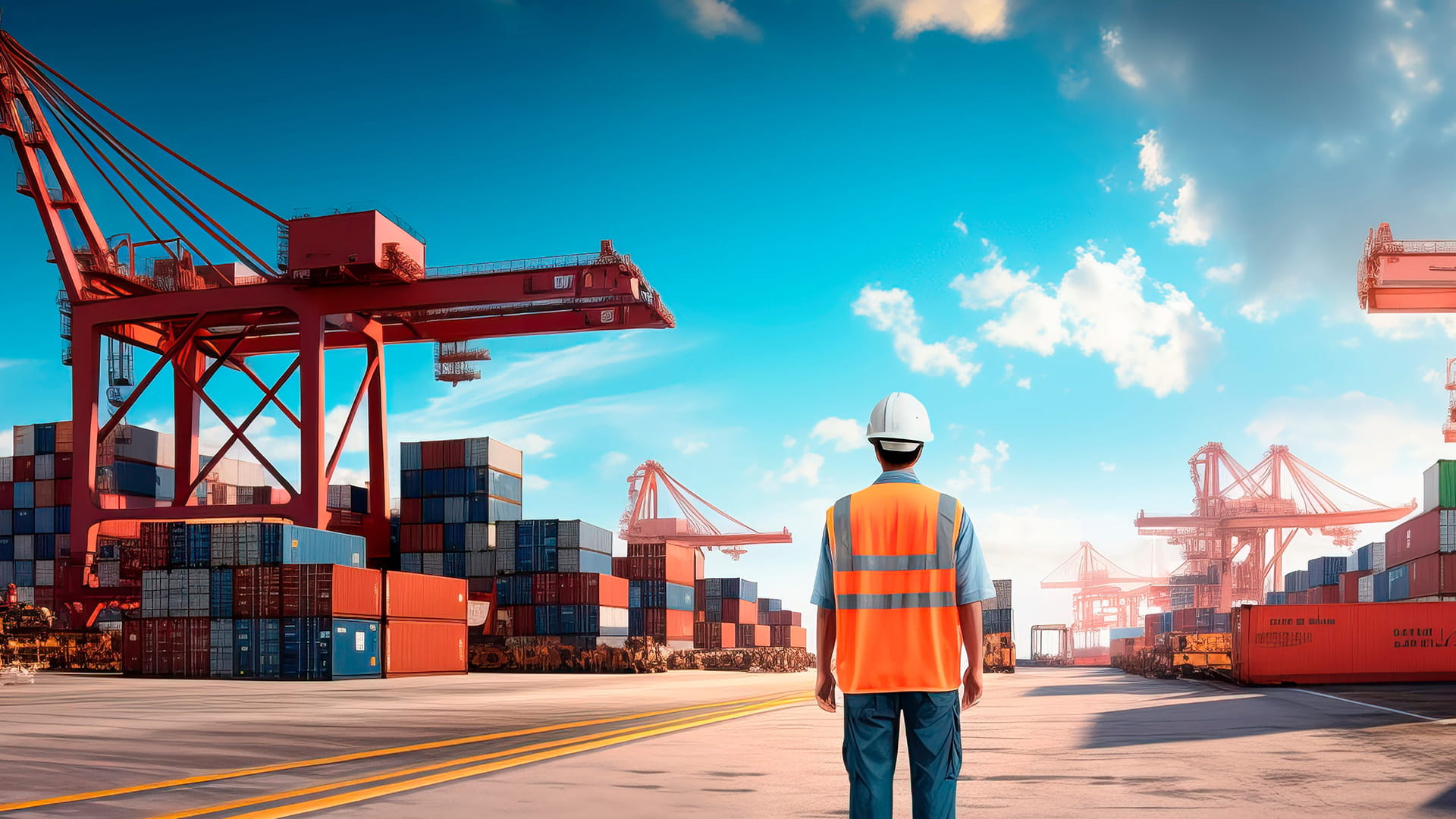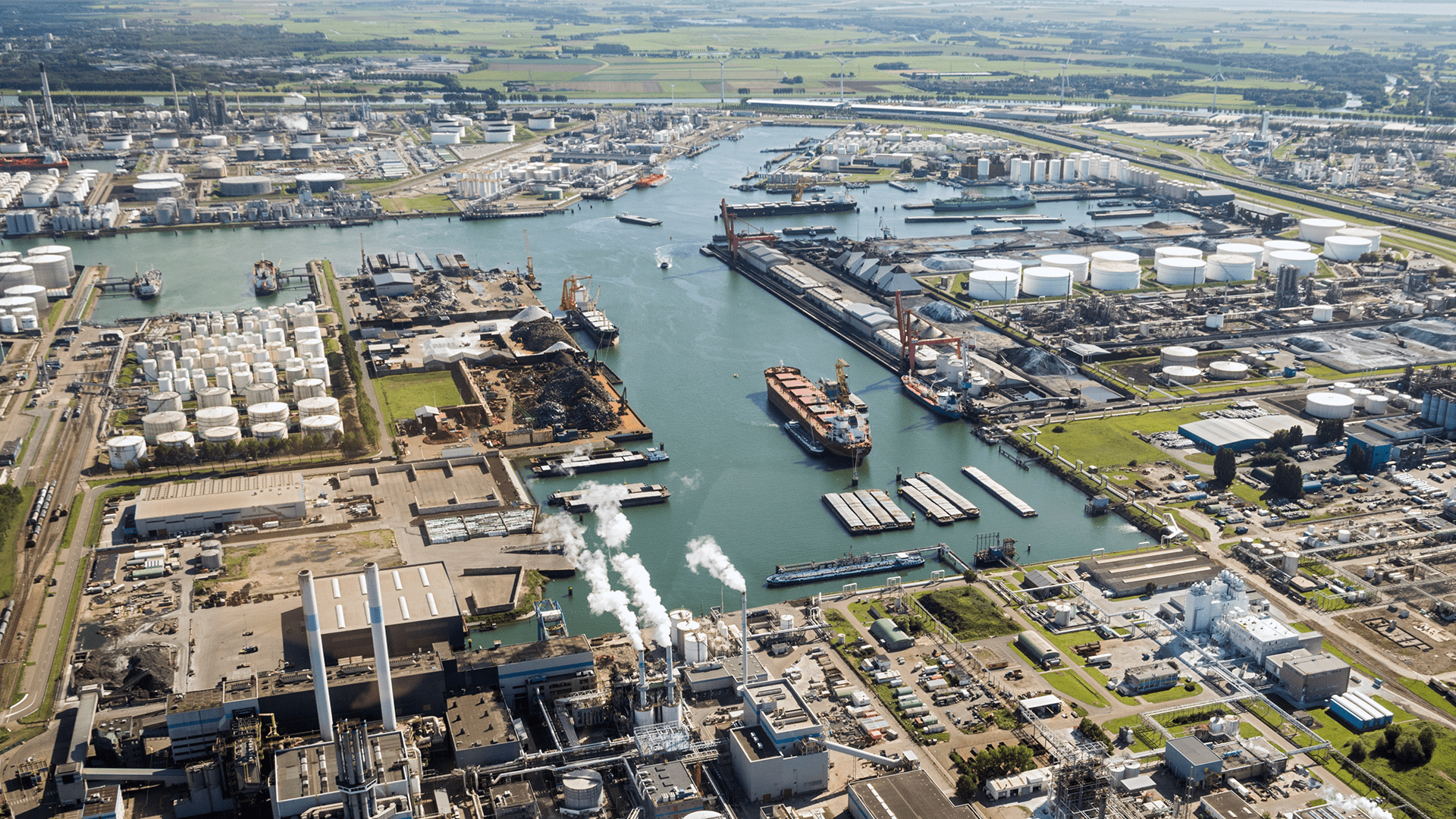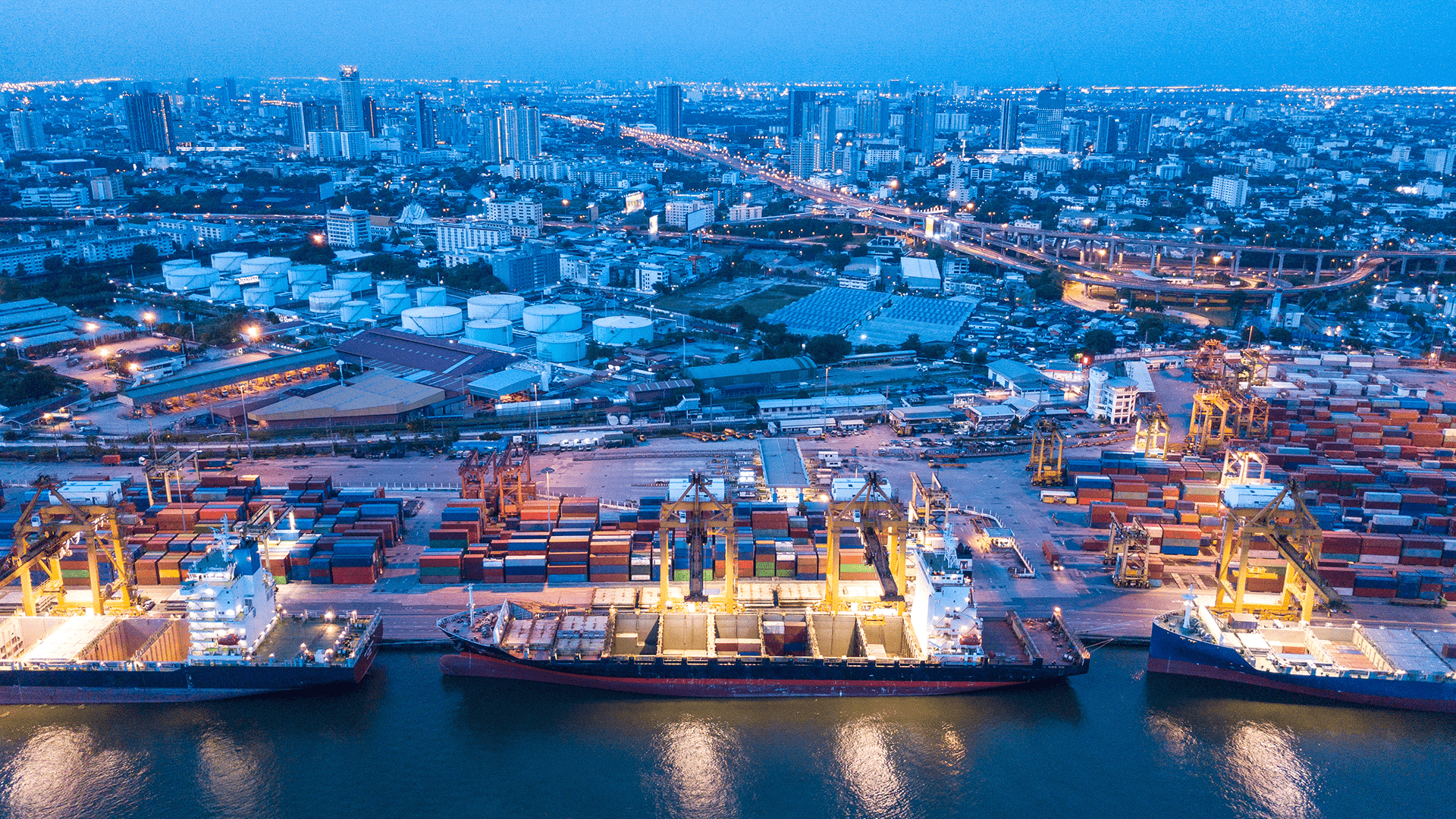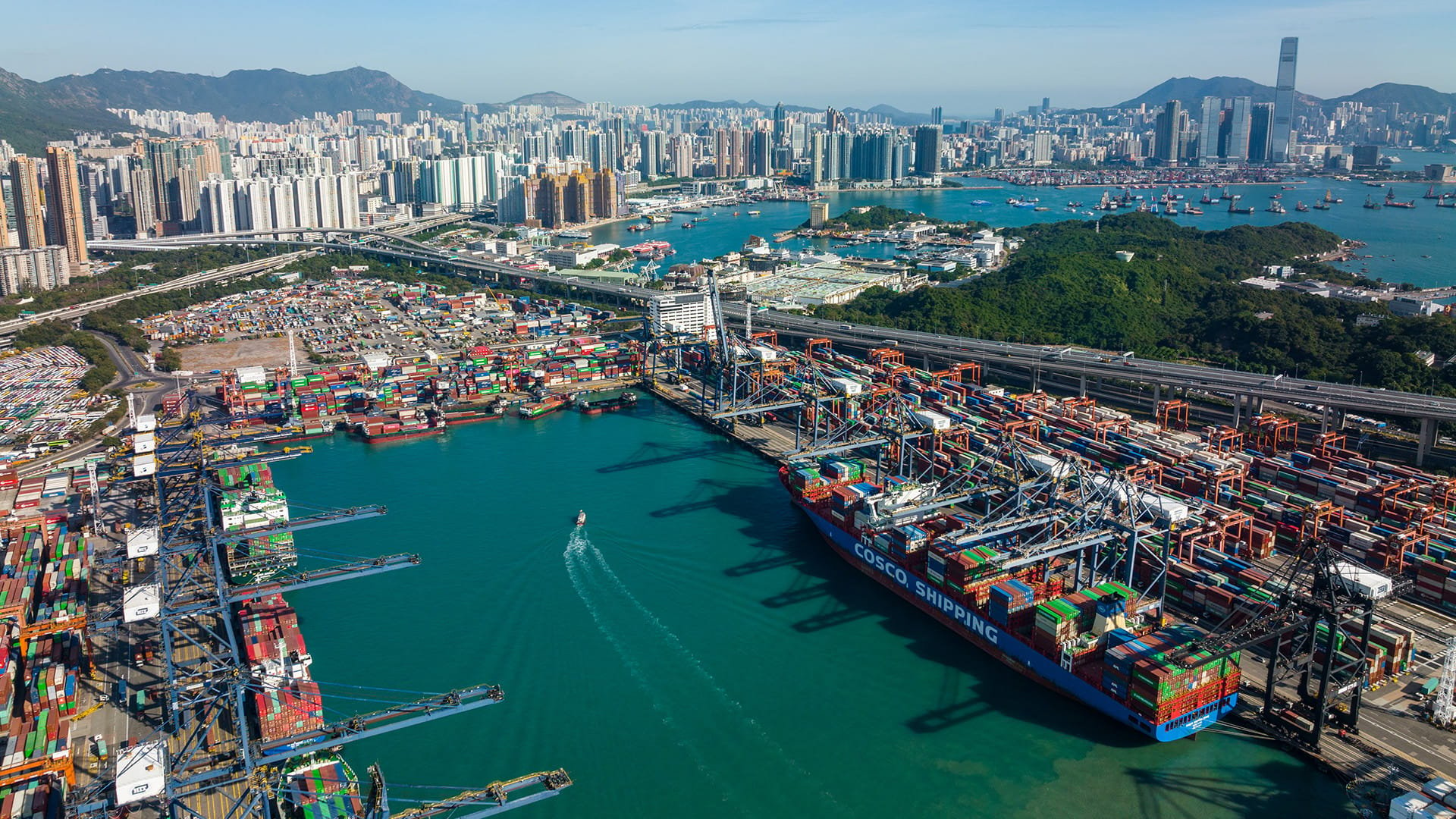Optimising maritime asset management: what the maritime sector can learn from pharmaceuticals

Effective asset management is vital to succeeding in the maritime industry, where asset resilience is an integral part of the safe and effect management of supply chains and port facilities. But this is also true of many other competitive business environments.
In the pharmaceutical industry, for instance, precise knowledge of assets can mean the difference between life and death. All pharmaceutical assets are assessed on their criticality regarding health and safety, quality, and environmental impact.
Similarly, the maritime sector can significantly benefit from a comparable approach, where asset resilience is vitally crucial for the safe and effective management of supply chain lifelines and port facilities.
In this blog, we’ll delve into the asset management lessons maritime organisations can take from the pharmaceutical industry – and provide insights that can enhance asset management practices in the maritime world.
Aligning resources: setting up for future success
Aligning resources. Sounds simple, doesn't it? However, effectively aligning resources is a challenge facing every sector, and is often a lot easier said than done.
With frequent changes to management, regulations and personnel in the maritime industry, resources are under constant pressure to perform. And without an embedded asset management system in place, the path to success can be hard to see. Instead, departments will pull in different directions and a firefighting culture can form.
It’s important to resource alignment challenges shared by both the maritime and pharmaceutical organisations. By acknowledging these common difficulties, we can work towards finding effective solutions that benefit both sectors, together.
Strong asset management guidelines are already in place for the maritime sector. The Asset Management ISO 55000 provides an overview of various systems and their benefits. And ISO 55001 details requirements for implementing an effective asset management system, such as a decision-making process and a Strategic Asset Management Plan (SAMP).
The Institute of Asset Management takes this one step further – providing a 39-step framework for asset management and the relationships between independent assets.
Both the Asset Management ISO 55000 and the Institute of Asset Management stress the importance of a 'line of sight' – and how resource alignment increases the value of your assets.
On the pharmaceutical side, the International Society for Pharmaceutical Engineering (ISPE) has adapted the Asset Management ISO 55000 into its own best practice guidebook (Good Practice Guide: Asset Management).
Unfortunately, no equivalent adaptation exists for the maritime industry. But we can offer expert guidance to help maritime companies take the next steps on their asset management journey.
Despite industry-specific nuances, the broader lesson are consistent – achieving seamless alignment requires a strategic mindset, a commitment to continuous improvement and, often, the guidance of specialised organisations to help navigate the complexities of effective resource management.
Asset identification: getting the basics right
Successful asset management is about knowing all the assets in your portfolio and having a system in place to track them.
In the pharmaceutical industry, every pill, raw material, and manufactured batch is meticulously identified and tracked. This level of precision ensures quality control, traceability, and a swift response in case of manufacturing deviations and equipment failures.
Similarly, identifying and tracking critical assets and infrastructure is vital in the maritime sector. The industry has a huge diversity of assets, encompassing jetties, quays, ports, and terminals. And these all vary in size, complexity, and age – with many legacy assets and infrastructure over 100 years old.
It’s important to establish a thorough, structured asset register that encompasses your entire portfolio of assets. And an asset management system that introduces computerised maintenance management. This will give you the capacity to track asset performance and boost efficiency, minimise losses, and foster safer and more reliable operations.
Data-driven decision-making: from labs to quays
Pharmaceutical companies rely on data to make well-informed decisions around drug development, maintenance and process engineering, and supply chain management.
In the maritime industry, asset owners could similarly harness the power of analytics to optimise maintenance strategies, enhance energy efficiency, and make informed decisions by analysing failed asset data.
The availability of real-time information from critical assets, weather forecasts, and historical performance metrics empowers decision-makers to expertly navigate challenges, make informed reinvestment decisions, and build resilience.
Investment in technology: shaping the future
Pharmaceutical companies prioritise research and development and asset monitoring technologies to maintain a competitive edge. And this is a strategy that’s also relevant to maritime.
By adopting cutting-edge technologies – such as Geographic Information System (GIS) tracking, Business Information Modelling (BIM), structural health monitoring (SHM), predictive maintenance, digital twins, augmented reality, drones, and more – companies can transform and optimise asset management strategies.
The real-time insights from GIS tracking, for instance, or virtual asset representation through digital twins, could further empower maritime leaders to navigate evolving regulations and meet sustainability demands.
Augmented reality and drones can also add a new dimension to operations, enhancing training, maintenance, surveillance, and cargo inspection. And predictive maintenance powered by advanced analytics can ensure the reliability of maritime assets.
Ultimately, embracing these innovations can help turn maritime companies into industry leaders.
Regulatory compliance: safeguarding assets, reputation, and resilience
Pharmaceutical companies must adhere to stringent regulations to ensure the safety and efficacy of their products. And the maritime industry is governed by its own national and international regulations.
Understanding and complying with these is a legal necessity and a means of safeguarding both assets and reputations. Failure to comply can lead to severe consequences, ranging from financial penalties to a tarnished public image.
Risk management: a collective priority
Another priority the pharmaceutical and maritime industries share is risk management.
With stringent quality control measures and evolving regulatory standards, the pharmaceutical sector grapples with the threat of potential product recall and non-compliance.
Maritime facilities, on the other hand, face challenges from climate change, disruptions in the global supply chain, and new health and safety concerns from increasingly sophisticated and automated port facilities.
Robust risk management strategies are imperative for both sectors, and that requires comprehensive contingency planning.
Also important is the integration of Reliability-Centred Maintenance (RCM) principles. RCM emphasises proactive maintenance practices to enhance equipment reliability, ensuring operational resilience in the face of uncertainties.
The integration of RCM into risk management approaches enhances the ability of companies in both sectors to address and mitigate potential challenges, and adopt a proactive and resilient operational environment.
Get expert insight to enhance your asset management
Effective asset management principles are crucial for the maritime sector. And the knowledge derived from pharmaceutical best practices can act as a guiding light, directing companies toward enhanced efficiency, safety, and overall success.
At Royal HaskoningDHV, we have what’s needed to bridge the gap between these two industries.
We’ll help you identify and monitor critical assets, ensure regulatory compliance, leverage data for informed decision-making, manage risks, and adopt the right technology investments.
Get in touch today to learn how you can navigate a future shaped by technological progress and escalating global challenges.
![[object Object] [object Object]](https://www.royalhaskoningdhv.com/-/media/images/employees-profile-pics/w/wright-gavin.png?h=300&iar=0&w=300&hash=62F7A5FC7CC781CDE20D7062F546F700)



